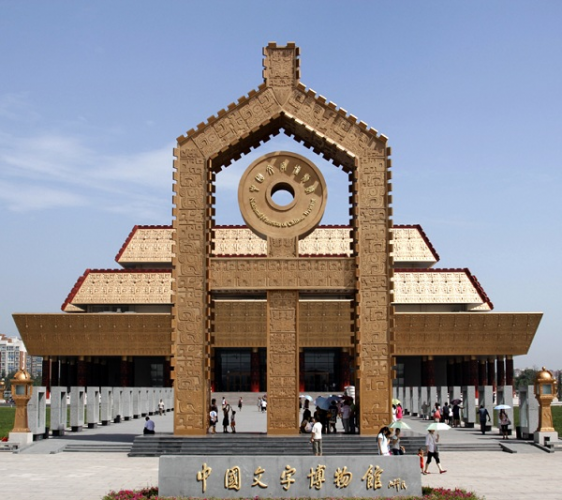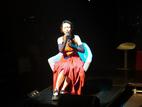National Museum of Chinese Writing, located in Henan Province, opens a column to introduce the ethnic scripts devised by Western Missionaries.
The museum introduces that western missionaries created some ethnic scripts for their missionary activities from the late 19th century to the early 20th century. Among those, currently some are still in use, such as Pollard script, AKA Pollard Miao (Chinese: 柏格理苗文 Bó Gélǐ Miao-wen), invented by Methodist missionary Sam Pollard , Old Lisu script (invented around 1915 by Sara Ba Thaw, a Karen preacher from Myanmar, and improved by the missionary James O. Fraser, to write the Lisu language. ),Old Lahu script and Old Jingpo script.

The Pollard alphabet was designed by the British missionary Samuel Pollard in 1905 at Shimenkan village in Weining County, Guizhou province. In this writing system, the consonants are represented by capital letters and the vowels and tones are represented by lowercase letters.

In the early 20th century, A Burmese missionary named Buttle and a British missionary named J.O. Fraser created the Traditional Lisu script. This writing system is composed of standard Romanized letters, their verso variants and additional marks. It was initially used in the areas where Lisu people lived between China and Burma. Later, this writing system has been transmitted to the areas where the Nu and Dulong people live.
Sala-Va script is a Roman alphabet for the Va language designed by a western missionary named M. Vincent Young in the early 20th century. It is used in the Va region in both China and Burma.
National Museum of Chinese Writing (NMCW) is a state-level museum constructed upon the approval of the State Council for preserving, showcasing and studying the cultural relics. It is the first writing-themed museum in China.
November 16, 2009 witnessed its grand opening ceremony. The museum collects 4123 cultural relics concerning oracle bone script, Chinese bronze inscriptions, bamboo and wooden slips, silk scrolls, the history of Chinese characters and ethnic scripts, etc.












